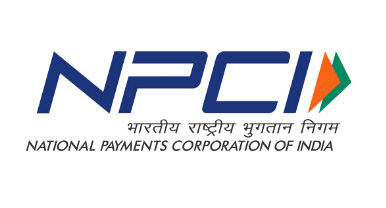India is experiencing a remarkable surge in digital payment adoption, a transformation driven by collaborative efforts from the Government, Reserve Bank of India (RBI), National Payments Corporation of India (NPCI), fintech companies, banks, and State Governments. This push aims to expand digital payment access and usage across the country, including in Tier-2 and Tier-3 cities.
Expanding Digital Footprint
A key initiative in this expansion is the Payments Infrastructure Development Fund (PIDF), established by the RBI in 2021. The PIDF specifically targets the deployment of digital payment acceptance infrastructure in Tier-3 to Tier-6 cities, North-Eastern States, and Jammu & Kashmir. As of May 31, 2025, the PIDF has facilitated the deployment of approximately 4.77 crore digital touch points, significantly broadening the reach of digital payments.
The impact of these efforts is evident in the phenomenal growth of digital transactions. Over the last six financial years (FY 2019-20 to FY 2024-25), India has witnessed more than 65,000 crore digital transactions, amounting to a staggering Rs. 12,000 lakh crore.
Measuring Progress: The RBI-DPI
To accurately measure the extent of payment digitization, the RBI developed the Digital Payments Index (RBI-DPI). This semi-annually published index uses March 2018 as its base period (Index = 100). The latest data shows the RBI-DPI reached 465.33 for September 2024, indicating sustained growth in digital payment adoption, infrastructure, and performance nationwide.
Empowering Small Businesses and MSMEs
The government, RBI, and NPCI have implemented various initiatives to encourage small businesses and Micro, Small, and Medium Enterprises (MSMEs) to embrace digital payment systems. These initiatives are crucial for helping these businesses expand their customer base and improve efficiency. Key measures include:
- Incentive schemes for promoting low-value BHIM-UPI transactions, benefiting small merchants.
- Trade Receivables Discounting System (TReDS) guidelines, enabling MSMEs to discount their invoices on the TReDS platform at competitive rates.
- Rationalization of Merchant Discount Rate (MDR) for Debit Card Transactions, making digital payments more cost-effective for merchants.
Digital Payments: A Catalyst for Financial Inclusion
The increasing adoption of digital payments has revolutionized access to financial services, especially for underserved and unserved communities. Platforms like UPI facilitate seamless and traceable transactions, creating a robust financial footprint for individuals and businesses. This digital footprint serves as an invaluable alternative data point for financial institutions, enabling them to assess creditworthiness even when traditional documentation is unavailable.
As a result, more individuals and businesses are gaining access to formal credit channels, fostering greater economic participation and bringing more entities into the formal financial ecosystem. Digital platforms, particularly UPI, empower citizens, including small vendors and rural users, to accept digital payments, thereby reducing cash dependency and increasing formal economic participation.
This information was provided by Shri Pankaj Chaudhary, Minister of State in the Ministry of Finance, in a written reply to a question in the Lok Sabha.


